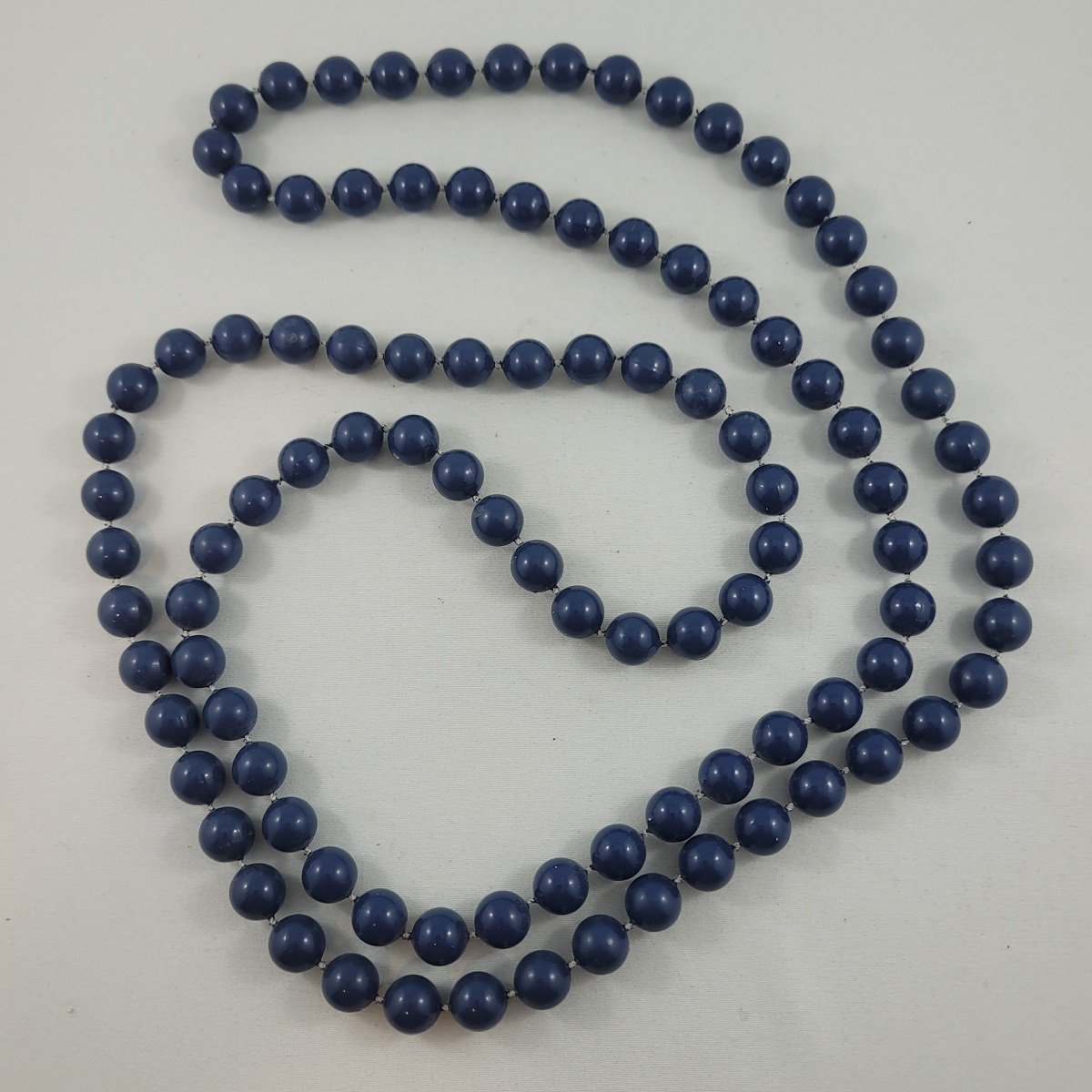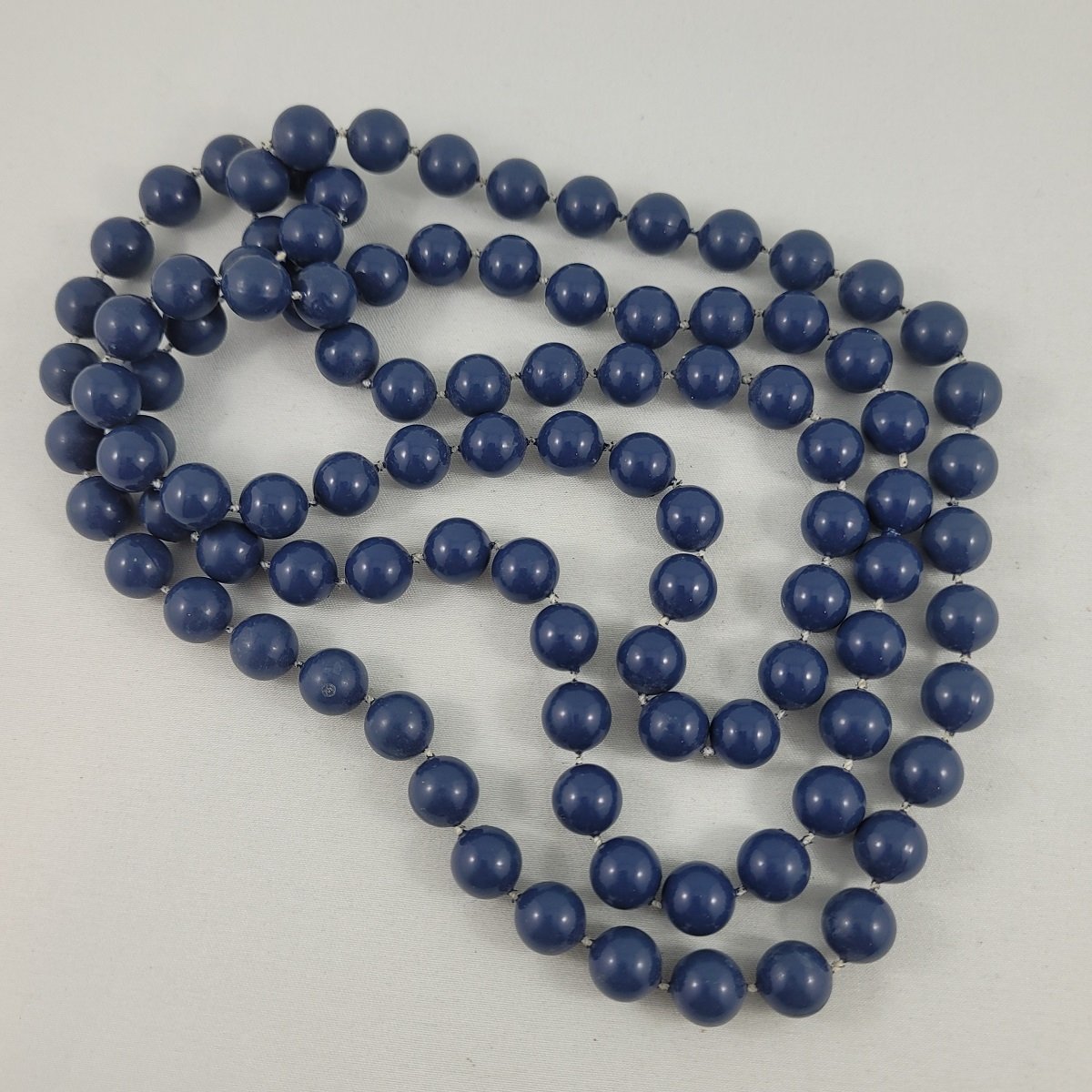Coro Gold Hinged Bracelet with Faceted Amethyst Rhinestone Pearls and Etched Scroll








Coro Gold Hinged Bracelet with Faceted Amethyst Rhinestone Pearls and Etched Scroll
Materials and Features:
Gold hinged bracelet with etched scroll work
Adolph Katz selected design of 1945
Prong set faceted amethyst stone centre surrounded by seed pearls on filigree bow
Type: Tongue and groove
Age/Origin: 1945
Marks: Coro (script at angle in rectangle with Pegasus beside)
The Story: The Coro Jewelry Company was established in 1901, by partners Emanuel Cohen and Gerald Rosenberg, and the company’s first name was Cohen and Rosenberg. In 1943, Cohen and Rosenberg incorporated and the company’s named changed to Coro (“Co” for the first two letters in Cohen’s name and “ro” for the first two in Rosenberg’s name.)
Coro produced jewelry in the United States until 1979, then the company operated in Canada until about 1998.
Coro was a successful company, in part because Cohen and Rosenberg worked with highly skilled designers to finesse the designs, and an army of workers who actually produced the jewelry. By the 1920s, Coro jewelry was sold in dime stores all over the country.
Adolph Katz, began working with Coro as the design director at about the time the partners built a new production facility in Providence, RI, in 1929. Katz did not actually design the vintage Coro pieces, but he selected the designs of other well-known designers, such as Gene Verecchia and Oscar Placco. Verrecchia was the head designer at Coro for about three decades and he created many of the best-loved Coro pieces, although patents have credited Katz. Jewelry from this period in Coro history (the 1930s and 1940s) is highly sought and collected.
Unique pieces from this era include the Coro jelly belly pins, which were figural pins depicting many animals, all with a clear acrylic center stone (resembling a jelly bean) placed in the creature’s belly. (Trifari produced jelly bean pins first, Coro later.)
Coro Duette pins were also very popular and highly collectible today. Coro trademarked this unique brooch which had a fastener, trademarked by the company, which locked two separate dress pins together. The pins could also be detached and worn separately. Some Coro Duette pins are fairly simple, in geometric designs. Others are much more complex, featuring whimsical flowers or birds. Sometimes, these pins are signed simply “Duette,”
In 1937, the Coro company began producing jewelry signed Coro Craft and in 1944 the company started its Vendôme line (named after the city in France). These two lines were considered higher-end Coro lines. A designer named Helen Marion created beautiful Vendôme pieces featuring crystals, which were particularly popular. For the most part, Coro pieces that are in excellent condition and in the original box are the best investment for collectors. Also very collectible are the Coro Duettes and jelly belly pins (although not any pieces described as recast, as these are modern reproductions of jelly belly pins). All Coro figural pins, in general, are highly collectible.
Measurements:
Weight: 49g
Dimensions: Inner oval diameter approx. 2.5” wide x 2”, 8” outer circumference, band approx. 1” in height
Condition: Good condition with minimal wear, though slightly misshapen visible from top view - discounted in price.










